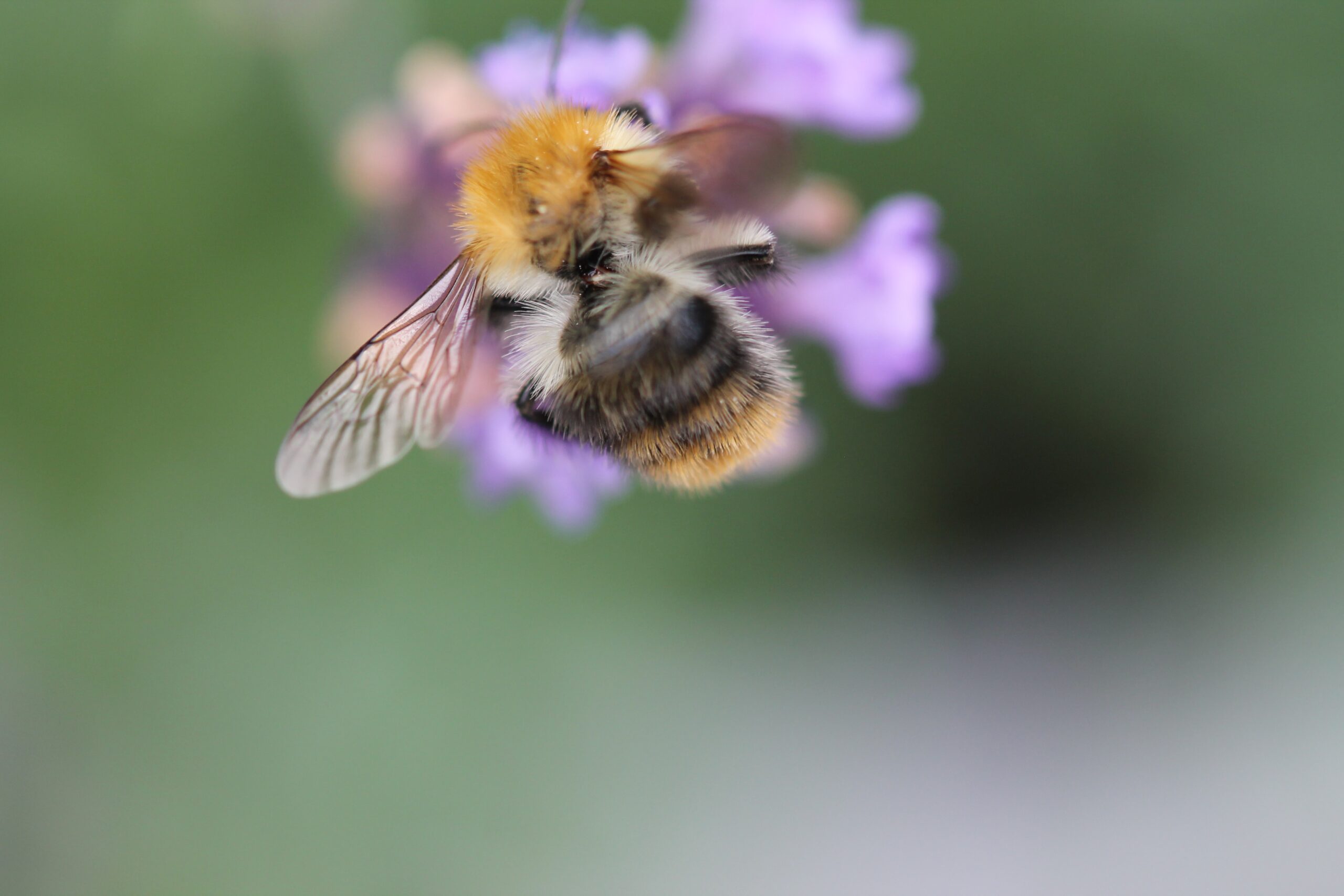Do you remember the first time you talked about sex?
Chances are, if you grew up in India, you were introduced to it by your friends, well-meaning older cousins, or peers. The act of sex itself is so taboo here that teachers often skip the unit about reproduction entirely or skip to the part where the sperm travels to the egg, leaving the process of insemination as a complete mystery. Our only sources of information end up being books, porn or movies.
Even traditional gender roles can shape sex education. Boys and girls may be given different expectations and responsibilities. For instance, boys might receive less information about reproductive health and menstruation, while girls might not be educated about sexual pleasure or assertiveness in relationships.
Religion also plays a significant role in shaping attitudes towards sex education. In some conservative communities, religious teachings may influence the belief that discussing sex is inappropriate or should only be done within the context of marriage.
As we become parents, or the favorite uncle/aunt, maybe we can be the ones to do better than this.

Books That Can Help with Sex Education for Young Children/Teenagers
Sex education has to provide young people with accurate, age-appropriate information that equips them with the knowledge and skills to make informed decisions about their bodies and relationships.
If you’re looking to talk to your little ones about sex, here’s a few books that might help!
- “It’s Not the Stork! A Book About Girls, Boys, Babies, Bodies, Families, and Friends” by Robie H. Harris
 This is a widely acclaimed children’s book that aims to provide age-appropriate information about human sexuality, reproduction, and relationships.
This is a widely acclaimed children’s book that aims to provide age-appropriate information about human sexuality, reproduction, and relationships.
“It’s Not the Stork!” covers a wide range of topics related to human development, anatomy, reproduction, gender, families, and relationships. The book is designed for children aged 4 and up, making it accessible to younger readers who are beginning to ask questions about their bodies and how babies are made.
The book takes a playful and engaging tone, using illustrations and relatable scenarios to help children understand complex concepts. It promotes inclusivity and diversity, acknowledging that families can come in different forms, and that gender identity and expression can vary.
“It’s Not the Stork!” promotes a sex-positive and body-positive perspective. It emphasizes the importance of respecting oneself and others, understanding personal boundaries, and communicating openly with trusted adults. The book also addresses consent in a simplified manner suitable for younger children.
The book encourages parents and caregivers to read it together with their children, providing opportunities for discussion and answering questions. It offers guidance on how adults can approach these conversations in a supportive and age-appropriate manner. While the book covers a broad range of topics, some critics argue that certain aspects of sexual diversity and gender identity could be more explicitly addressed. Additionally, some reviewers suggest that parents should preview the book’s content to ensure it aligns with their personal values and beliefs.
Overall, “It’s Not the Stork!” is widely regarded as a valuable resource for parents, educators, and caregivers seeking to introduce age-appropriate sex education to young children. It provides a foundation for further discussions about human sexuality, bodies, and relationships, fostering healthy attitudes and understanding from an early age.
- “Amazing You!” by Gail Saltz
 This book is simply amazing! It’s all about helping kids understand their private parts and teaching them about personal boundaries in a clear and age-appropriate way.
This book is simply amazing! It’s all about helping kids understand their private parts and teaching them about personal boundaries in a clear and age-appropriate way.
What makes this book great is its ability to present complex topics in a simple and engaging manner. The language used is easy for children to understand, and the colorful illustrations make it even more enjoyable to read. The book covers important concepts like body parts, privacy, and the differences between boys and girls, making it a valuable resource for children who are curious about their bodies.
One of the strengths of this book is its emphasis on teaching children about personal boundaries. It helps kids understand that their bodies belong to them and that they have the right to decide who can touch them and in what ways. This is a crucial aspect of building body autonomy and helping children develop healthy boundaries from a young age.
The author, Gail Saltz, has done an excellent job of creating a sex-positive and inclusive book. It promotes body positivity, emphasizes that everyone’s body is unique, and encourages children to feel good about themselves. The book also acknowledges that families come in different forms, which helps foster a sense of inclusivity and diversity.
Furthermore, “Amazing You!” provides a great opportunity for parents, caregivers, and educators to engage in meaningful conversations with children. The book encourages open dialogue and provides discussion points that can help children feel comfortable asking questions and seeking guidance from trusted adults.
While the book covers important aspects of body awareness, privacy, and personal boundaries, it should be noted that it focuses primarily on these topics and may not delve deeply into other aspects of sexual education. As such, parents and educators may want to supplement it with additional resources to provide a comprehensive understanding of sex education.
Overall, “Amazing You!” is an excellent resource for parents, caregivers, and educators who want to introduce young children to the concept of body awareness, personal boundaries, and body positivity. It’s a well-written, engaging, and inclusive book that can help lay the foundation for important conversations about healthy relationships and personal safety.
- “It’s So Amazing! A Book About Eggs, Sperm, Birth, Babies, and Families” by Robie H. Harris
 What makes this book so amazing is how it presents complex information in a way that’s easy for kids to understand. The illustrations are colorful and engaging, and the text is written in a conversational style that makes it fun to read. It covers a wide range of topics, including eggs, sperm, pregnancy, childbirth, and different types of families.
What makes this book so amazing is how it presents complex information in a way that’s easy for kids to understand. The illustrations are colorful and engaging, and the text is written in a conversational style that makes it fun to read. It covers a wide range of topics, including eggs, sperm, pregnancy, childbirth, and different types of families.
One of the strengths of this book is its ability to address sensitive topics with care and respect. It promotes a sex-positive and inclusive approach, emphasizing that everyone’s body is unique and normal. It also highlights the importance of consent, privacy, and respecting personal boundaries, teaching children about healthy relationships from an early age.
Parents and caregivers will appreciate the book’s guidance on how to have open and honest conversations about reproduction and sexuality with their children. It provides helpful tips on answering questions, fostering understanding, and creating a safe space for discussions.
“It’s So Amazing!” is a book that can grow with children. It is suitable for a wide age range, from younger children who are just beginning to ask questions to older kids who are ready for more detailed information. This makes it a valuable resource that can be revisited and referred to over time.
However, it’s worth noting that the book covers a broad range of topics related to reproduction, including sexual intercourse and contraception. Some families or communities may have specific beliefs or cultural sensitivities that influence their comfort level with these discussions. It’s important for parents and caregivers to review the content to ensure it aligns with their values and is appropriate for their child’s age and maturity.
In conclusion, “It’s So Amazing!” is an exceptional book that provides accurate, age-appropriate information about reproduction, families, and healthy relationships. It is a valuable resource for children and their caregivers, fostering understanding and promoting positive attitudes towards their bodies and the world around them.
- “What’s the Big Secret? Talking about Sex with Girls and Boys” by Laurie Krasny Brown
 I must say, “What’s the Big Secret?” by Laurie Krasny Brown is an absolute gem of a book! It’s all about talking to kids about sex, and it does a wonderful job of making the topic easy to understand and discuss.
I must say, “What’s the Big Secret?” by Laurie Krasny Brown is an absolute gem of a book! It’s all about talking to kids about sex, and it does a wonderful job of making the topic easy to understand and discuss.
One of the greatest strengths of this book is its simplicity. The language used is clear and age-appropriate, making it accessible to young readers. The illustrations are colorful, playful, and inclusive, capturing the attention of children and keeping them engaged throughout.
The book covers a wide range of topics related to sex, reproduction, and relationships, all presented in a straightforward and matter-of-fact way. It answers common questions that kids may have, such as where babies come from, how bodies change during puberty, and the importance of privacy.
One of the standout features of this book is its emphasis on open communication. It encourages children to ask questions, promotes dialogue between kids and trusted adults, and highlights the value of honest conversations about sex. It also encourages children to feel comfortable with their bodies and teaches them about personal boundaries.
“What’s the Big Secret?” is gender-inclusive and recognizes that both girls and boys have questions and experiences related to sex and reproduction. It breaks down stereotypes and promotes the idea that everyone’s body is unique and should be respected.
Parents, caregivers, and educators will appreciate the book’s guidance on how to approach these discussions with children. It offers tips on creating a safe and comfortable environment, fostering open communication, and addressing children’s concerns and curiosity with sensitivity.
It’s important to note that while the book covers essential topics related to sex education, it maintains a focus on the basics. For families seeking more in-depth information or discussions about topics like sexual orientation or gender identity, additional resources may be needed.
In conclusion, “What’s the Big Secret?” is an excellent book for introducing children to the topic of sex education in a friendly, informative, and age-appropriate way. It fosters understanding, encourages open communication, and empowers children to develop a healthy and respectful attitude towards their bodies and relationships.
- “21 Things Every Teenager Should Know” by Divya Jalan
 “21 Things Every Teenager Should Know” by Divya Jalan is a heartfelt and compassionate guidebook that offers invaluable advice and wisdom to teenagers navigating the challenges of adolescence. Divya Jalan’s extensive experience working with young people shines through in this thoughtful and practical book.
“21 Things Every Teenager Should Know” by Divya Jalan is a heartfelt and compassionate guidebook that offers invaluable advice and wisdom to teenagers navigating the challenges of adolescence. Divya Jalan’s extensive experience working with young people shines through in this thoughtful and practical book.
One of the most commendable aspects of this book is Jalan’s ability to connect with her intended audience. She writes with empathy and understanding, acknowledging the unique struggles teenagers face in today’s complex world. Jalan’s friendly and conversational tone instantly puts readers at ease, making the book easily accessible and relatable.
The organization of the book is simple and effective, with each chapter addressing a specific topic relevant to teenagers’ lives. From building self-esteem and managing stress to cultivating healthy relationships and making sound decisions, Jalan covers a wide range of crucial subjects. Each chapter is concise and to the point, providing practical advice and actionable steps that teenagers can implement in their daily lives.
Moreover, “21 Things Every Teenager Should Know” does not shy away from addressing sensitive and sometimes uncomfortable topics. Jalan tackles issues such as bullying, mental health, peer pressure, and self-image with sensitivity and care. By providing insightful perspectives and practical strategies, she empowers teenagers to navigate these challenges with resilience and confidence.
The book also encourages self-reflection and personal growth. Jalan prompts readers to engage with the material through reflection exercises and thought-provoking questions at the end of each chapter. These interactive elements encourage teenagers to apply the concepts to their own lives and deepen their understanding of themselves.
However, while the book covers a wide range of topics, some readers may find that certain subjects are not explored in great depth. Given the breadth of issues faced by teenagers today, it is understandable that a comprehensive treatment of every topic is not possible within the book’s constraints. Nevertheless, Jalan does an admirable job of providing a solid foundation for teenagers to build upon.
“The Great Indian Treasure of Sexual Knowledge” by Deeksha Piyush
“The Great Indian Treasure of Sexual Knowledge” by Deeksha Piyush is an important and valuable resource for addressing the topic of sex education among Indian children. This book fills a significant gap in providing age-appropriate information about human sexuality while considering the cultural context of India.
One of the notable strengths of this book is its focus on Indian values and traditions. It presents information in a manner that respects cultural sensitivities and beliefs, making it more relatable and relevant for Indian children. Piyush does an excellent job of ensuring that the content aligns with the cultural values prevalent in the Indian society while still providing accurate and essential information.
The book covers a wide range of topics, including puberty, reproductive health, gender identity, consent, and healthy relationships. The language used is accessible, making it easier for children to understand and engage with the material. The illustrations and diagrams accompanying the text are well-designed and age-appropriate, enhancing comprehension and making the book visually appealing.
One aspect that could be further improved is the depth of information provided on certain topics. While the book covers the basics comprehensively, some subjects may benefit from more detailed explanations, depending on the age group it is intended for. Additionally, the inclusion of real-life stories or examples could help children better relate to the content.
“The Great Indian Treasure of Sexual Knowledge” is an essential tool for parents, educators, and caregivers who want to initiate conversations about sex education with their children. By providing culturally sensitive and accurate information, it helps remove the stigma and misconceptions surrounding this crucial aspect of human development.
Overall, “The Great Indian Treasure of Sexual Knowledge” by Deeksha Piyush is a commendable effort in addressing the need for age-appropriate sex education resources in the Indian context. It provides a foundation for important conversations and empowers children with the knowledge to make informed decisions about their bodies, relationships, and overall well-being
It is worth noting that every family may have different comfort levels and expectations when it comes to discussing sex education. As such, parents are encouraged to review the content beforehand to ensure that it aligns with their values and is suitable for their child’s maturity level.
Online Sex Education Resources & Efforts in India
Efforts are being made by non-governmental organizations (NGOs) and civil society groups to promote comprehensive sex education in India. These organizations provide resources, conduct workshops, and develop educational materials that address a wider range of topics, such as consent, gender equality, and sexual diversity. For example, they may create age-appropriate materials that promote understanding and respect for different sexual orientations and gender identities.
Here are some online resources related to sex education in India:
- National Council of Educational Research and Training (NCERT):
NCERT is an autonomous organization that develops educational resources in India. They have developed guidelines for sex education in schools. You can visit their website at www.ncert.nic.in to access their publications and curriculum resources.
- The Red Door Initiative:
The Red Door Initiative is a non-profit organization based in India that focuses on comprehensive sexuality education. Their website, www.reddoorinitiative.org, offers resources, toolkits, and information on implementing sex education programs in schools.
- TARSHI (Talking About Reproductive and Sexual Health Issues):
TARSHI is an organization that promotes sexual and reproductive health and rights in India. Their website, www.tarshi.net, provides articles, FAQs, and educational materials on a range of topics related to sex education and sexual health.
- Love Matters India:
Love Matters India is a digital platform that provides information and resources on sexual and reproductive health. Their website, www.lovematters.in, covers various aspects of sex education and relationships, particularly targeting young people.
- Population Foundation of India:
The Population Foundation of India is a non-profit organization that works towards promoting sexual and reproductive health and rights. Their website, www.populationfoundation.in, offers resources, reports, and publications on sex education and related topics.
Despite these efforts, there are ongoing challenges and controversies surrounding sex education in India. Conservative groups and individuals may resist comprehensive sex education, viewing it as against traditional values or moral norms. There are also concerns about what is considered age-appropriate and the need to navigate cultural sensitivities to ensure that the information is received well by students and their families.





